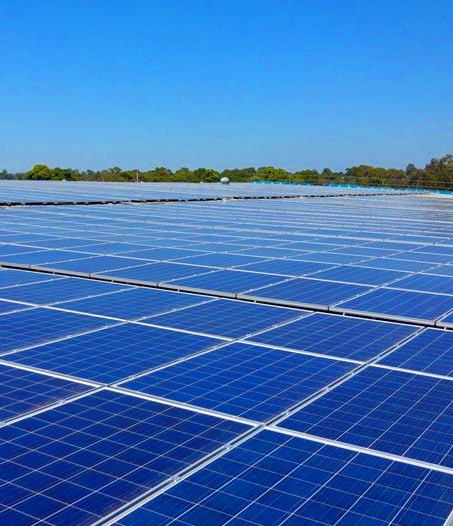AEMO urges inverters
 AEMO is aiming at “grid forming inverters” to help Australia’s transition to 100 per cent renewables.
AEMO is aiming at “grid forming inverters” to help Australia’s transition to 100 per cent renewables.
The Australian Energy Market Operator (AEMO) says the nation’s “once in a lifetime” energy transition will be driven by advanced grid-scale inverters.
It has published an Engineering Framework ‘white paper’ to help fast track the deployment of advanced inverter capabilities to help when synchronous generation, such as coal-fired generation, is reduced.
Inverters are used across large wind and solar farms, as well as rooftop solar and battery storage. They are used to deliver key grid services such as frequency response and inertia, but are largely ‘grid following’; working in response to the dominant signals on the grid.
Grid forming inverters, sometimes paired with sophisticated software to form “virtual synchronous machines”, have been used in off-grid situations, but they are increasingly being employed in bigger networks (such as in WA’s Pilbara mining region) and on the country’s main grids.
Advanced inverters will be needed to build a power system capable of running at 100 per cent instantaneous penetration of renewable energy, including grid-scale solar, wind, hydro, biomass and rooftop PV.
The paper sets out the following recommendations for immediate action:
-
Enable connection of grid-forming projects – to enable testing and demonstration of grid-forming projects at scale, a pathway is needed to enable secure and timely connection of these projects
-
Define necessary capabilities – an absence of clear specifications makes it challenging for developers to specify their requirements to design inverter offerings. Clear definitions need to be established to assist delivery of solutions that meet power system requirements
-
Enabling capabilities on new grid-scale batteries – further funding and support is needed to assist as many new grid-scale battery deployments as possible to incorporate grid-forming capabilities, to build a fleet that can support the transition to high inverter-based resources (IBR) penetration by 2025
“The NEM is undergoing a once-in-a-lifetime transition from synchronous generation, such as thermal and hydro, to variable inverter-based renewable generation,” said AEMO Manager of Future Energy Systems, Chris Davies.
“When offline or decommissioned, synchronous generators can no longer provide the critical system stability capabilities that the grid relies on, requiring these capabilities be provided by different technologies.
“AEMO has been working with stakeholders to understand the potential of grid-forming inverters to address many of the challenges facing the future power system,” he said.







 Print
Print